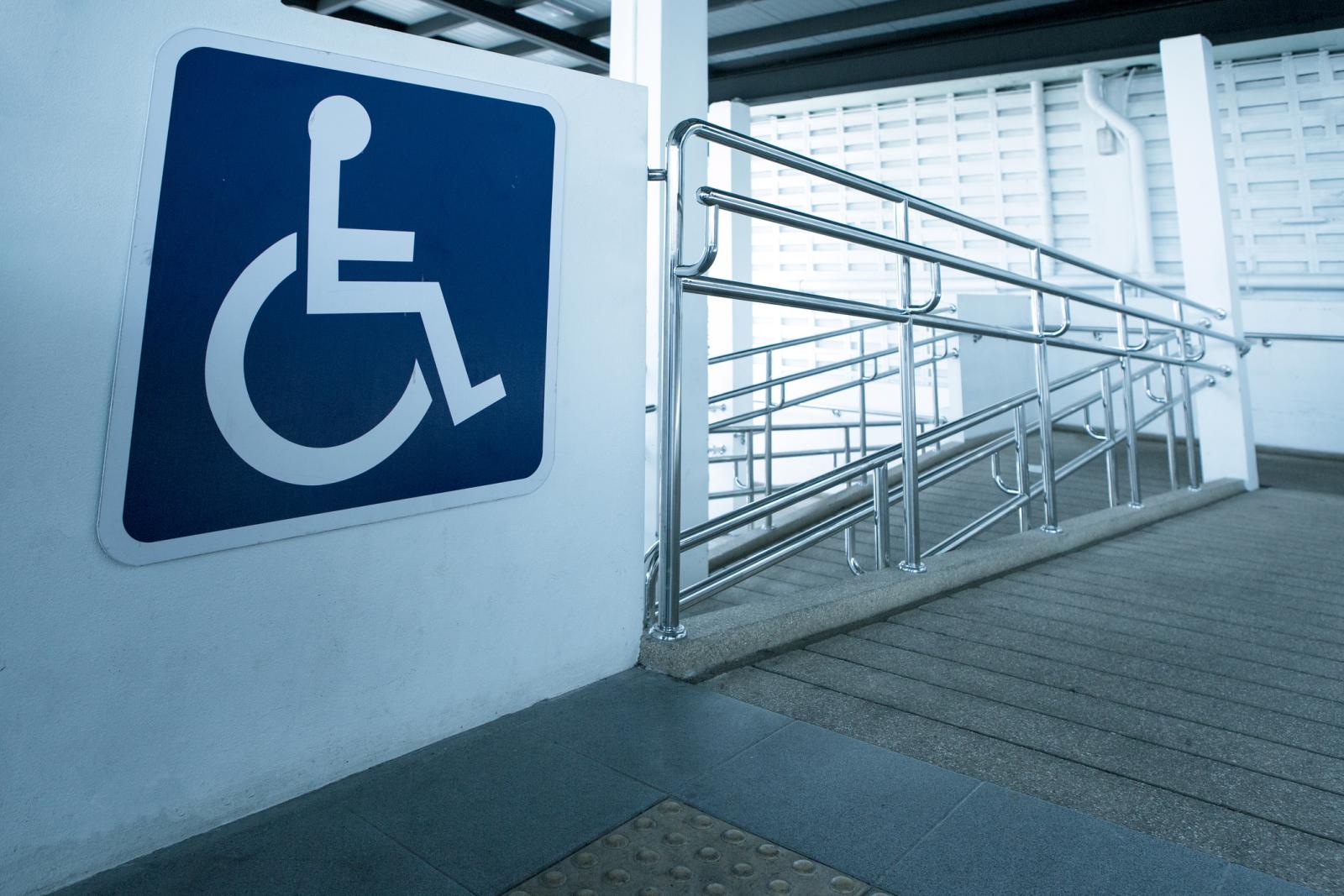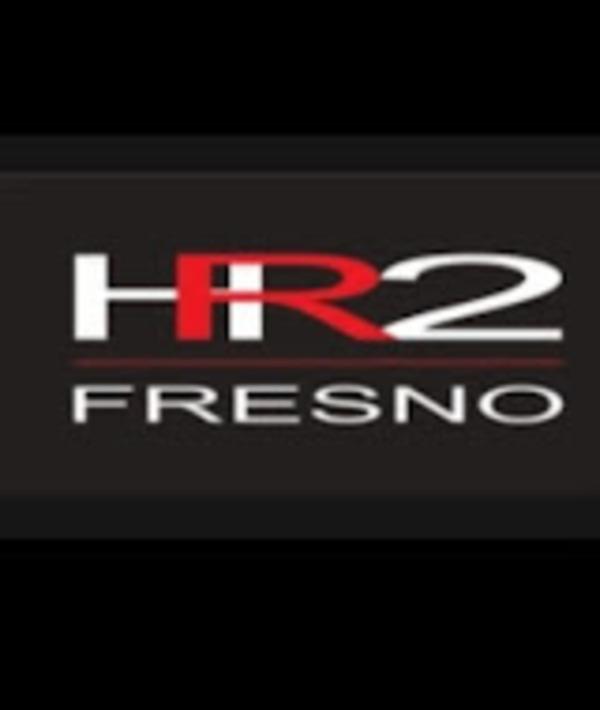Notifications

5 minutes, 48 seconds
-227 Views 0 Comments 0 Likes 0 Reviews

Ensuring accessibility in public spaces is not just a matter of inclusivity—it is a legal requirement. Businesses, public institutions, and property managers must adhere to the Americans with Disabilities Act (ADA) and other accessibility regulations to create an inclusive environment for individuals with disabilities. One crucial aspect of compliance is the use of durable and visible disability signs. These signs play a critical role in guiding individuals, ensuring safety, and maintaining accessibility standards. This blog explores why investing in high-quality, long-lasting Disabled Symbols Signs
is essential for compliance and accessibility.
Disability signs serve multiple purposes, including directing individuals to accessible entrances, restrooms, parking spaces, and seating areas. Their presence ensures that people with disabilities can navigate spaces independently and with ease. However, simply installing these signs is not enough; they must be highly visible, durable, and compliant to be effective.
The ADA and other accessibility laws mandate the use of specific symbols, fonts, colors, and placements for disability signs. Businesses and public facilities that fail to comply can face penalties, lawsuits, and reputational damage. Key requirements for compliant signage include:
Proper placement: Signs should be positioned at the correct height and location for easy readability.
High-contrast colors: To improve visibility for individuals with visual impairments.
Raised text and Braille: Essential for individuals who are blind or have low vision.
Reflective and non-glare materials: For readability in different lighting conditions.
By using durable and clearly visible signs, businesses can avoid compliance issues and create a welcoming space for all visitors.
Disability signs are often placed in outdoor and high-traffic areas, where they are exposed to elements such as:
Sunlight and UV rays (which can fade signage over time)
Harsh weather conditions, including rain, snow, and extreme temperatures
Physical wear and tear from daily use or accidental damage
Investing in high-quality, durable materials such as aluminum, acrylic, or weather-resistant plastics ensures that signage remains intact and legible for years. This reduces the need for frequent replacements and helps maintain compliance without constant oversight.
A disability sign is only useful if it can be easily seen and read. Poorly designed or faded signs can create confusion, leading to accessibility barriers. To enhance visibility, consider the following:
High-contrast color combinations (e.g., blue and white, black and yellow)
Bold, easy-to-read fonts that meet ADA guidelines
Proper lighting in areas with limited natural light
Reflective coatings for visibility at night or in dim environments
By ensuring that signage is clearly visible, businesses can improve navigation and safety for individuals with disabilities.
Beyond compliance, prioritizing durable and visible disability signs reflects a business’s commitment to inclusivity and social responsibility. When customers and visitors see that a company takes accessibility seriously, it fosters a positive brand image and customer trust. In contrast, poorly maintained or missing signs can lead to frustration and negative feedback.
When selecting disability signage, businesses should focus on the following factors:
Material: Choose weather-resistant materials to ensure durability.
ADA Compliance: Ensure the sign meets legal standards for size, font, color contrast, and placement.
Customization: Some businesses may require branded or location-specific accessibility signs.
Easy Installation: Opt for signs that are easy to mount on various surfaces, including walls, doors, and poles.
Maintaining durable and visible disability signs is a key aspect of accessibility compliance. Not only do these signs help businesses meet legal requirements, but they also enhance inclusivity, improve navigation, and create a welcoming environment for all individuals. Investing in high-quality, compliant signage minimizes risks, ensures long-term effectiveness, and demonstrates a commitment to accessibility.
At HR2 Group, we specialize in premium-quality, ADA-compliant disability signage to help businesses, public institutions, and property owners create more accessible spaces. Our durable and easy-to-read signs are designed to withstand harsh conditions while maintaining high visibility. Whether you need handicap parking signs, wheelchair-accessible symbols, or directional signage, we have the perfect solution for your needs.
📞 Contact us today to explore our range of accessibility signage!
Disability Signs Disabled symbols signs Accessibility Solution

